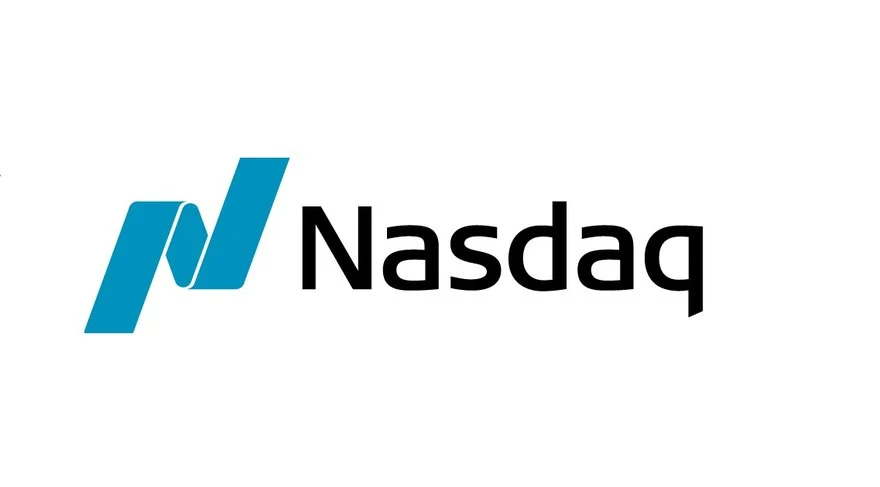Stainless steel is a versatile and widely used material known for its corrosion resistance, durability, and aesthetic appeal. The price of stainless steel per kilogram can vary based on several factors that influence global markets and supplier pricing strategies. In this blog, we’ll delve into the factors affecting stainless steel prices and how they impact procurement decisions.
Factors Influencing Stainless Steel Prices
- Grade and Composition: Stainless steel comes in various grades, each with its own composition of alloying elements such as chromium, nickel, and molybdenum. Higher grades typically command higher prices due to their superior corrosion resistance and mechanical properties.
- Market Demand: Demand from industries like construction, automotive, aerospace, and manufacturing significantly influences stainless steel prices. Economic growth, infrastructure projects, and consumer spending can drive up demand and prices.
- Raw Material Costs: The prices of key raw materials used in stainless steel production, such as nickel, chromium, and iron ore, directly impact its overall cost. Fluctuations in these commodity prices can cause variability in stainless steel prices.
- Global Supply Chain Dynamics: Factors such as production capacity, import/export regulations, and geopolitical events can disrupt supply chains and affect ss pipe price per kg worldwide.
- Currency Exchange Rates: Since stainless steel is traded globally, currency fluctuations can impact import/export costs and ultimately influence the price per kilogram.
Current Market Trends
Stainless steel prices are subject to market volatility and can change rapidly. Monitoring industry reports and staying updated on market trends can help stakeholders anticipate price movements and make informed purchasing decisions.
Procurement Strategies
When sourcing stainless steel, consider the following strategies to manage costs effectively:
- Supplier Relationships: Build strong relationships with reputable suppliers who offer competitive pricing and reliable delivery schedules.
- Material Specifications: Select the appropriate grade of stainless steel based on application requirements to balance performance with cost.
- Market Intelligence: Stay informed about market trends, price forecasts, and global supply dynamics to negotiate favorable terms with suppliers.
Conclusion
Understanding the factors influencing stainless steel prices per kg is essential for stakeholders in industries ranging from construction to manufacturing. By closely monitoring market trends, maintaining supplier relationships, and optimizing procurement strategies, businesses can mitigate risks and capitalize on opportunities in the stainless steel market.
In summary, stainless steel remains a critical material in modern industries due to its durability and corrosion resistance. Awareness of pricing dynamics empowers decision-makers to navigate market fluctuations and secure competitive advantages in their operations.

